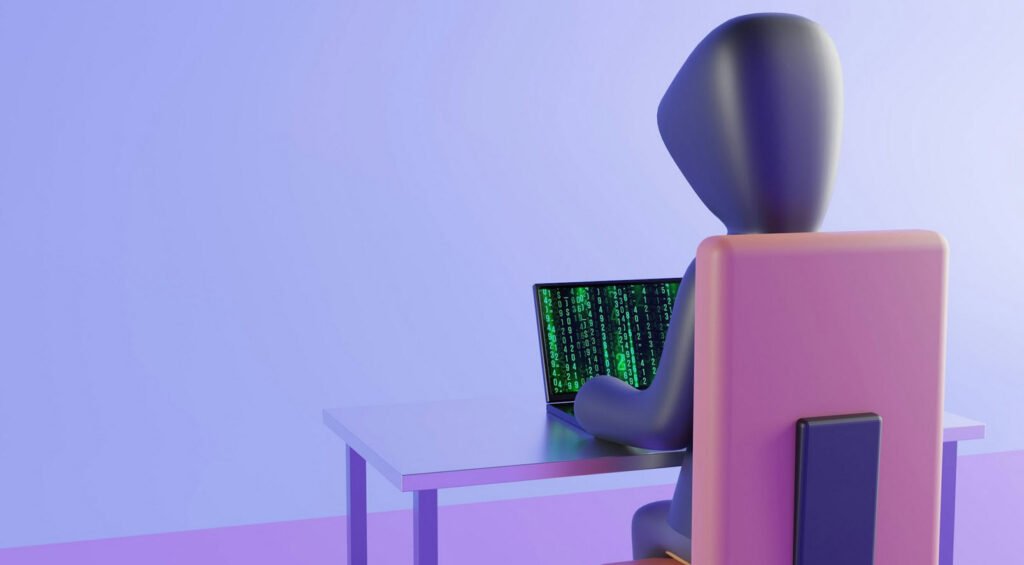In response to the rapidly evolving cybersecurity landscape and the increasing frequency of sophisticated cyber threats, the Government of India has intensified its push for robust cybersecurity frameworks across public and private sectors.
Recognizing the vital role of proactive threat management and automation, key Indian cybersecurity agencies—such as the Ministry of Electronics and Information Technology (MeitY), the Indian Computer Emergency Response Team (CERT-In), and the National Critical Information Infrastructure Protection Centre (NCIIPC)—are now calling upon organizations to adopt Security Information and Event Management (SIEM) and Security Orchestration, Automation, and Response (SOAR) solutions.
This strategic initiative underscores India’s commitment to enhancing its cybersecurity posture and ensuring the resilience of its digital infrastructure, especially in light of increasing digital transformation and cloud adoption across sectors.
The Growing Need for SIEM and SOAR in India
India has witnessed a significant surge in cyberattacks, particularly on critical infrastructure, government portals, financial institutions, and healthcare systems. According to a report by CERT-In, over 2 million cybersecurity incidents were reported in 2024 alone, ranging from phishing and ransomware attacks to targeted intrusions.
As digital dependency grows, the ability to monitor, analyze, and respond to cyber threats in real-time becomes crucial. Traditional security systems are no longer sufficient to manage the complexity and scale of modern threats. This is where SIEM and SOAR platforms come into play.
Role of Key Government Bodies
1. MeitY (Ministry of Electronics and Information Technology)
MeitY has been instrumental in driving the implementation of cybersecurity standards across government departments and enterprises. In its latest advisories, MeitY has emphasized integrating SIEM/SOAR platforms into enterprise security architecture, especially in organizations handling personal data and financial transactions.
2. CERT-In (Computer Emergency Response Team – India)
CERT-In has issued multiple directives mandating organizations to report cyber incidents within specified timelines and maintain robust logging mechanisms. SIEM solutions align perfectly with these requirements by providing centralized log management and real-time alerting.
3. NCIIPC (National Critical Information Infrastructure Protection Centre)
Tasked with securing India’s critical infrastructure, NCIIPC works closely with public utilities, energy providers, transportation, and telecom sectors. It has strongly recommended the adoption of advanced security monitoring tools such as SIEM and SOAR to protect systems designated as “Critical Information Infrastructure (CII).”
These organizations are also developing sector-specific cybersecurity guidelines and have begun offering assistance and empanelment programs for vetted cybersecurity solutions.
What are SIEM and SOAR?
- SIEM (Security Information and Event Management) combines Security Event Management (SEM) and Security Information Management (SIM) to provide real-time monitoring, analysis, and correlation of security data across the enterprise. It helps detect suspicious activities, anomalies, and policy violations.
- SOAR (Security Orchestration, Automation, and Response) platforms go a step further by automating threat response workflows and integrating different security tools, enabling faster and more coordinated incident resolution.
Together, these systems provide visibility, agility, and scalability to modern cybersecurity operations.
Top 5 SIEM Solutions Recommended for Indian Organizations
As organizations consider implementation, here are five industry-leading SIEM platforms recognized globally and suitable for Indian enterprises:
1. IBM QRadar
Trusted for its deep analytics and integration capabilities, QRadar is widely used across governments and enterprises. It supports a wide array of threat intelligence feeds and seamlessly integrates with SOAR platforms.
2. Splunk Enterprise Security
A robust SIEM offering that excels in machine learning-driven threat detection and dashboard customization. Its ecosystem supports SOAR integration through Splunk Phantom.
3. Microsoft Sentinel
As a cloud-native SIEM, Microsoft Sentinel provides AI-powered analytics and is ideal for hybrid and Azure-based infrastructures. It is highly scalable and cost-effective for large organizations.
4. CDACSIEM
Developed by Centre for Development of Advanced Computing) CDAC, under MeitY, has developed an indigenous SIEM solution which is being used in various state data centers, Smart Cities, and PSUs as part of government cybersecurity modernization.
5. LogRhythm NextGen SIEM
A comprehensive solution combining log management, compliance, UEBA, and SOAR. It’s especially useful for mid-size organizations aiming for end-to-end visibility without massive overhead.
Benefits of Adopting SIEM and SOAR
- Real-Time Threat Detection and Response – SIEM platforms collect and analyze logs from multiple sources in real-time, detecting potential threats before they can cause damage.
- Centralized Visibility – Security teams gain a unified view of their entire IT environment, making it easier to investigate and respond to threats.
- Regulatory Compliance – Indian regulations like the CERT-In Directions 2022, Digital Personal Data Protection Act (DPDPA), and RBI guidelines mandate logging, monitoring, and breach notification—which SIEM and SOAR platforms can automate and streamline.
- Improved Incident Response Time – SOAR tools significantly reduce Mean Time to Detect (MTTD) and Mean Time to Respond (MTTR) by automating repetitive tasks and enabling incident playbooks.
- Enhanced Security Team Productivity – Automation reduces analyst fatigue, enabling security teams to focus on complex threat analysis rather than manual triaging.
Challenges in Adoption
While the advantages are clear, organizations in India also face several hurdles in adopting SIEM and SOAR solutions:
- High Cost of Implementation – Enterprise-grade SIEM and SOAR platforms can be expensive, with additional costs for licensing, integration, and skilled personnel.
- Shortage of Skilled Cybersecurity Talent – Operating these systems requires trained analysts who understand threat intelligence, rule tuning, and incident workflows—skills in short supply across India.
- Complex Integration with Legacy Systems – Many Indian government and enterprise systems are based on outdated technology stacks that pose challenges in integrating with modern SIEM/SOAR platforms.
- Data Privacy and Sovereignty Concerns – Cloud-based SIEM solutions raise concerns over data residency and compliance with national data protection regulations.
- Alert Fatigue and False Positives – Poorly tuned SIEM systems can overwhelm teams with excessive alerts, leading to delayed response or missed threats.
Government Support and the Road Ahead
To address these challenges, the Indian government is exploring Public-Private Partnerships (PPPs), offering funding grants, and organizing capacity-building programs. MeitY and NCIIPC have also initiated empanelment programs that list pre-approved cybersecurity vendors for faster procurement.
Moreover, the upcoming National Cybersecurity Strategy, expected to be released soon, will likely provide further guidance and incentives for adopting advanced security tools, including SIEM and SOAR.
The government is also working on central threat intelligence platforms like Cyber Swachhta Kendra, I4C, and the Indian Cyber Crime Coordination Centre, which can feed threat data into SIEM/SOAR platforms, enhancing their effectiveness.
Conclusion
India’s call for the adoption of SIEM and SOAR platforms is a decisive step toward building a secure and resilient cyber ecosystem. By leveraging these advanced technologies, Indian organizations—both public and private—can drastically improve their cyber readiness, ensure regulatory compliance, and safeguard critical information assets from ever-evolving threats.
The journey may be complex, but with government support, skilled talent development, and the right tools, Indian enterprises can lead the way in cybersecurity transformation.



